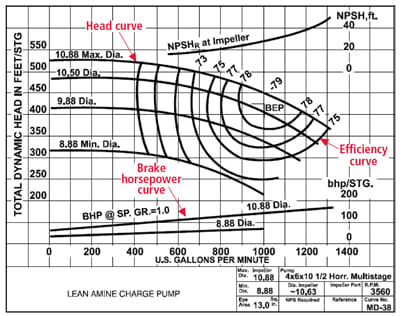yogeesh24
Mechanical
- Aug 29, 2018
- 6
what happens when two pumps connected in parallel but the header is of low capacity.?
Follow along with the video below to see how to install our site as a web app on your home screen.
Note: This feature may not be available in some browsers.

